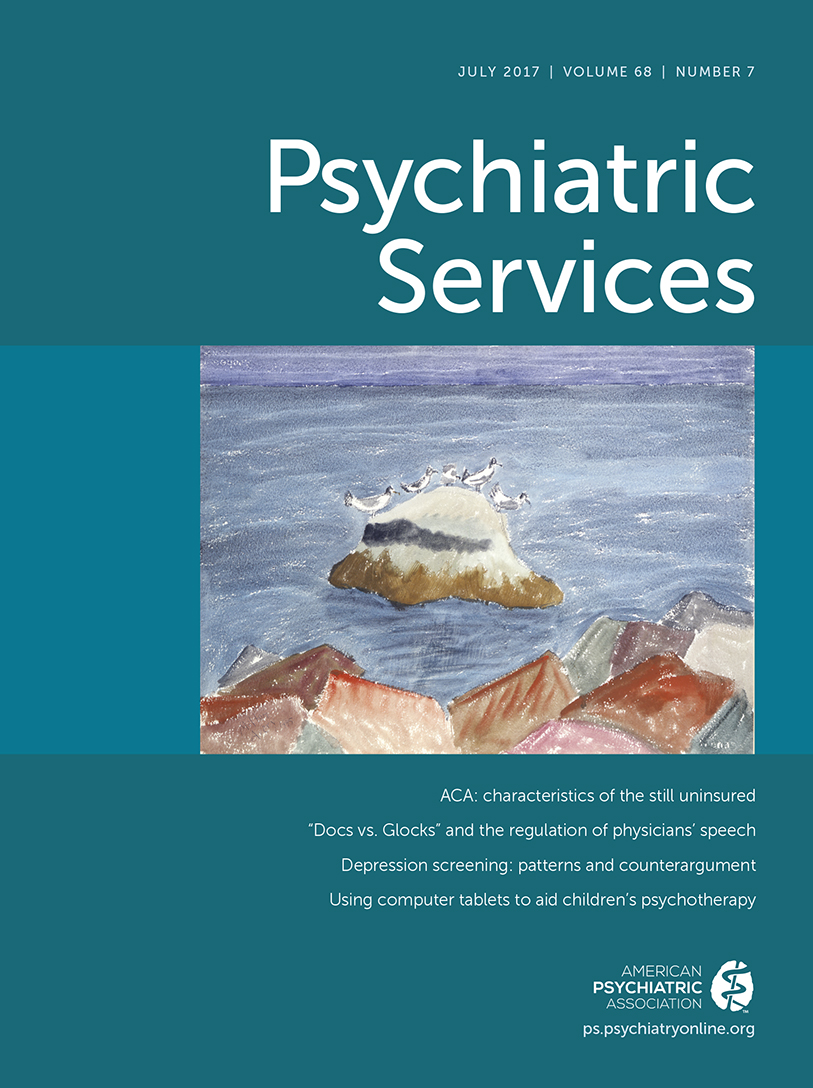Effects of Outpatient Aftercare on Psychiatric Rehospitalization Among Children and Emerging Adults in Alberta, Canada
Abstract
Objective:
The one-year readmission rates for children and youths hospitalized for a psychiatric condition is estimated at 38%. Studies suggest that these high readmission rates result from a lack of aftercare, but evidence is mixed. This study further explored the relationship between aftercare and readmission among children and youths ages five to 24 in Alberta, Canada, by using the same study sample to identify predictors of both outcomes.
Methods:
A retrospective analysis using linked administrative data was performed. Records of the index inpatient stay and any subsequent readmissions for a mental health reason between July 1, 2007, and December 31, 2012, were obtained from the Discharge Abstract Database. Data on outpatient aftercare for this sample were obtained from ambulatory care records and a patient-level physician billing database. Rates of aftercare and readmission were calculated. A Cox proportional hazards regression model was used to identify predictors of both outcomes.
Results:
Overall, 15,628 hospitalizations were identified for 12,728 unique individuals. For these hospitalizations, aftercare services were recorded for 29.4% within one week of discharge and for 54.5% within 30 days. Fourteen percent of hospitalizations resulted in readmission within 90 days. Aftercare was associated with a 32% reduction in readmission. Prior service use, longer hospital stays, higher income, specific diagnoses, female sex, and comorbid mental health conditions were associated with a greater likelihood of aftercare receipt.
Conclusions:
Access to community mental health services for children and youths remains a priority. The significant role of aftercare in reducing readmission risk demonstrates the need to improve these services.



